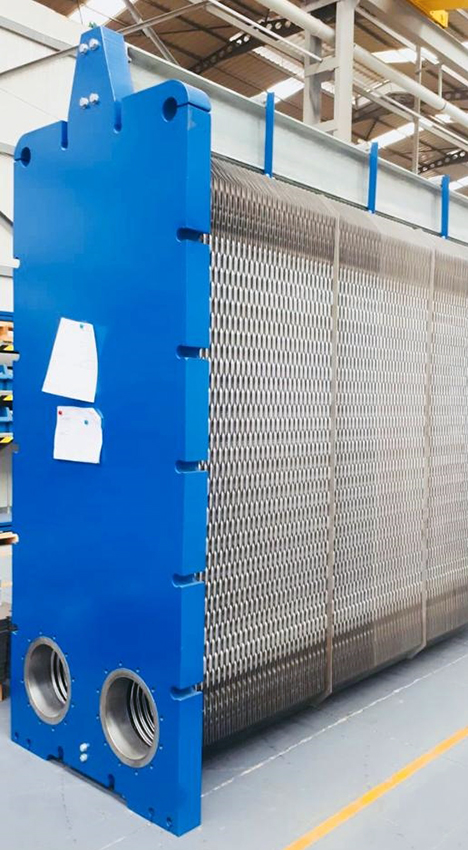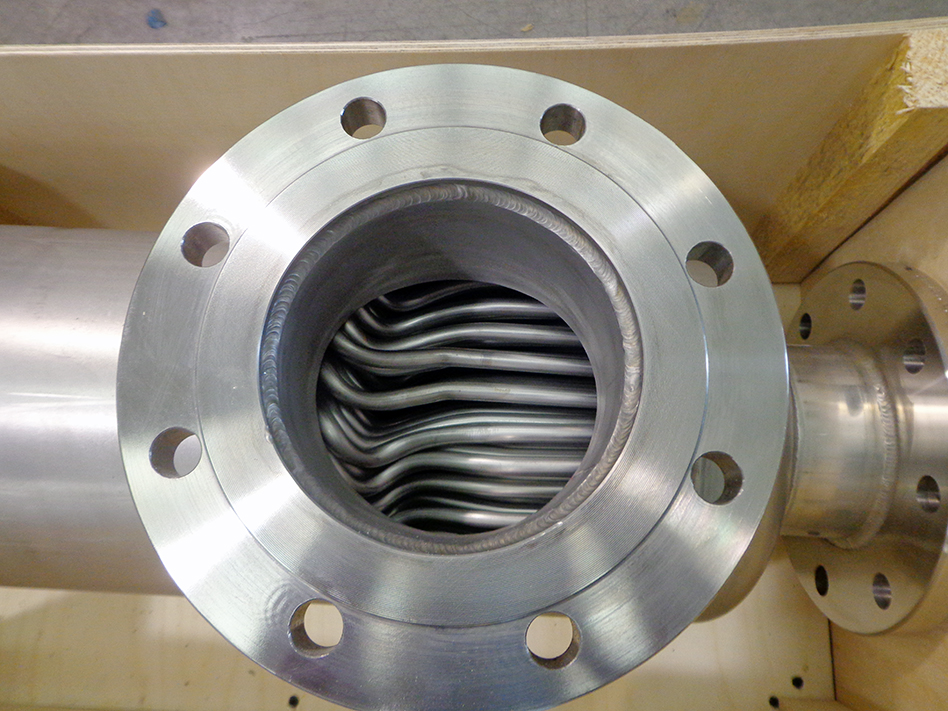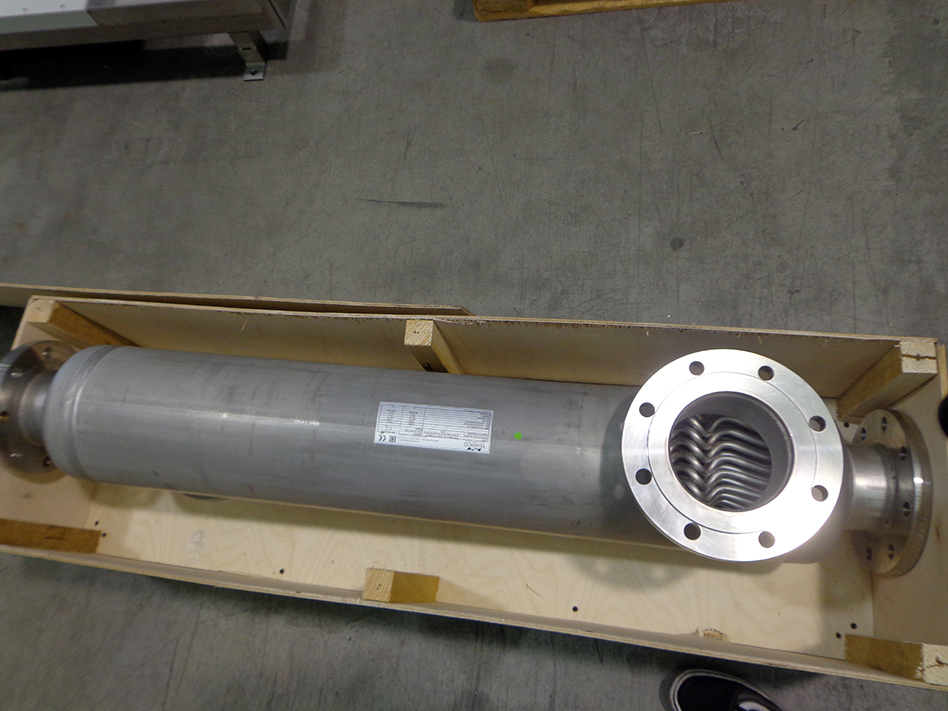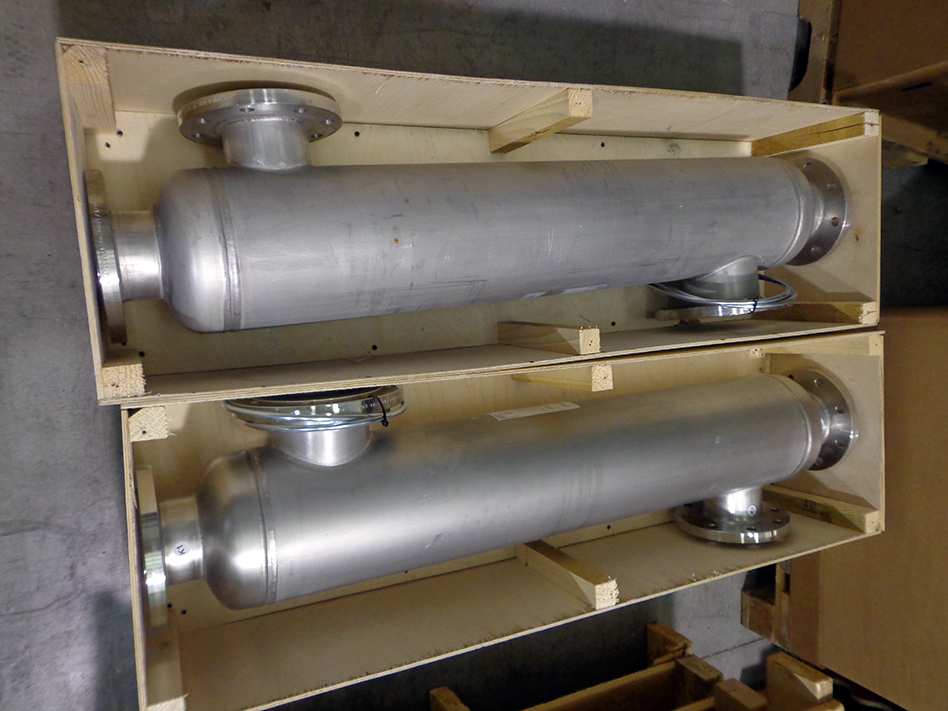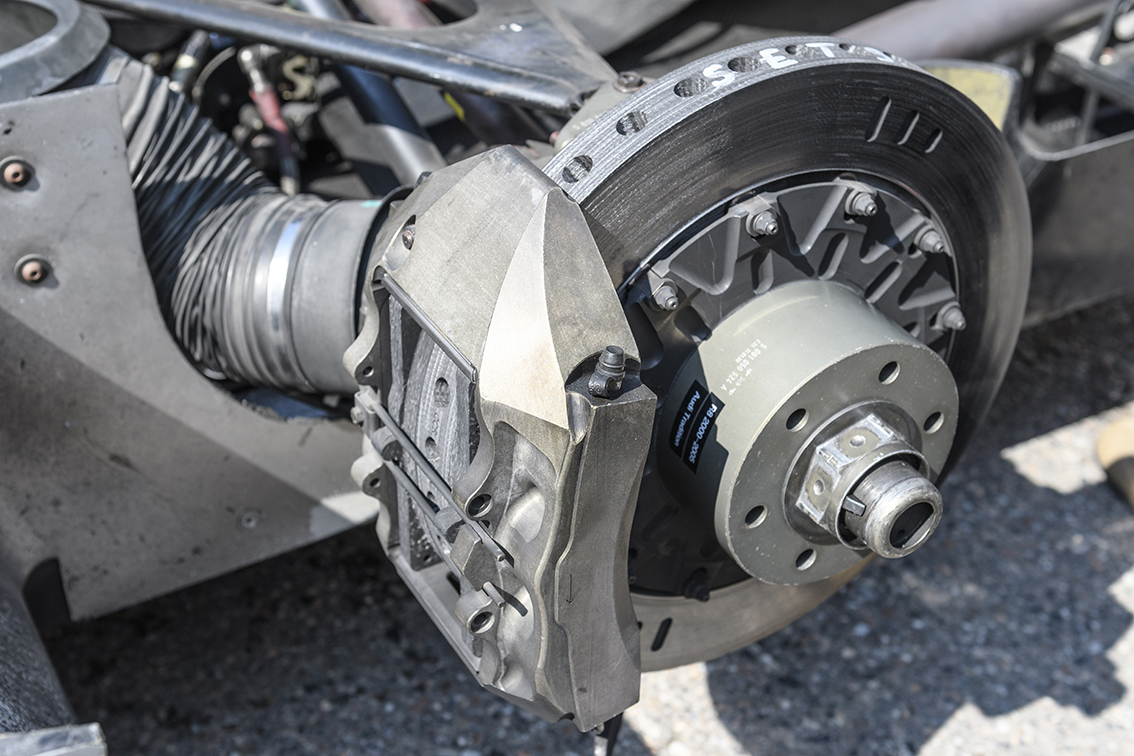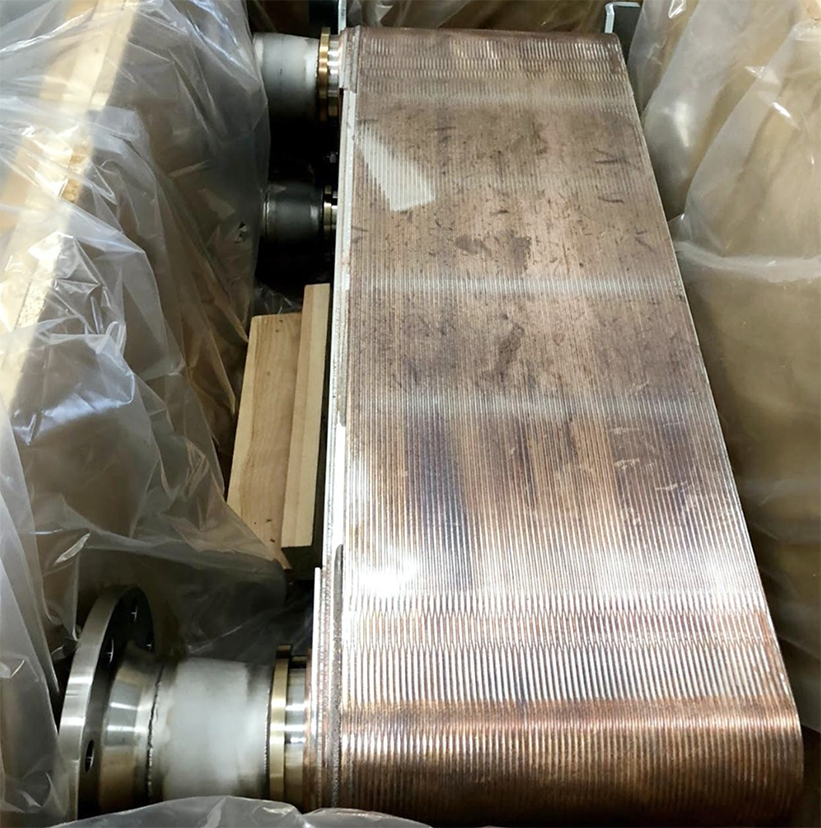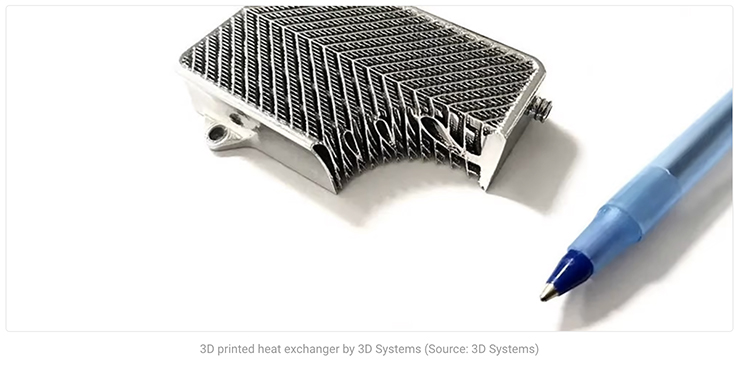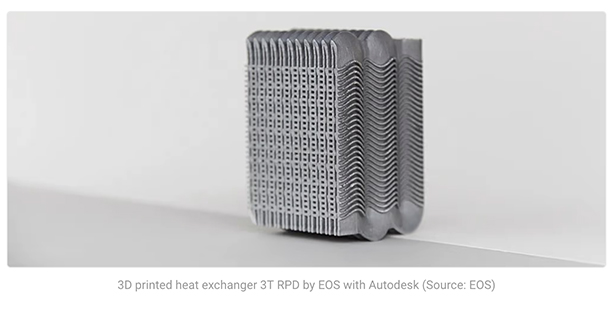How a thermal buffer tank gets calculated, and what it is aimed for? Buffer tanks, or inertial storage tanks, are employed in cooling systems with thermoregulating units served by chillers. Very often, indeed, our thermoregulating units, or thermostatation units, are served by chillers to serve utilities such as pharmaceutical reactors or industrial processes in general. These cases involve high temperature gaps, requiring within the same process cooling tasks, heating and maintaining a certain temperature.
Let’s do an example of a pharmaceutical reactor where a product has to be heated at a high temperature, for example 90° C, in order to achieve a certain chemical reaction. Once it’s done, the product has to be kept at a certain high temperature for a defined time lapse, and then cooled. We have therefore a high volume amount of product at high temperature and a jacket of the reactor with a circulating fluid at a high temperature as well, and it all has to be cooled. What happens is that the thermoregulating unit closes the heating section and opens the cooling section, by means of a valve, a 2-way, 3-way, switching or on/off valve, on the exchanger.
The refrigerating group is sized in order to achieve the cooling of that exact mass volume of product within a defined time lapse. But as soon as the cooling process starts, we suddenly have an enormous amount of fluid at high temperature entering the exchanger, where cold water flows on the secondary circuit. The exchanger will therefore transfer a huge amount of thermal energy, due to the fact we have a very high logarithmic mean temperature difference, that increases the efficiency of the exchanger. The overall amount of thermal energy gets then discharged upon the cooling water, and in case there is no availability of a storage tank with an important volume the risk is to put the chiller under a high stress.
This is because, if we have a limited volume available, all of this energy gets dumped inside the cold tank, and the water, instead of returning the chiller at a temperature of 15° C, for example, to be cooled at 10° C, comes in at a temperature of 40-45° C, or also 50° C for a transient. Which is enough to bring the evaporation pressures of the chiller out of its working range, thus blocking the refrigerating group and stopping the cooling process required by the production.
It is therefore very important to properly calculate the volume of this storage tank, or buffer, in order to have an inertial tank able to diminish these peaks. Allowing to provide water to the chiller at a temperature that doesn’t create a stressing task. The calculation is made by considering the mass volume of the product, and then the amount of energy, maintaining a margin on the volume of this tank in order to ensure that, during these peaks, the temperatures remain within the operating range of the chiller, 20-25° C, 30° C at maximum.
At this purpose, it’s important that the customer helps providing all the basic informations about his plant, such as the volume of circulating water, the length of pipings, the volume of the reactors, in this case, and the speed required to achieve the cooling process. This is all necessary to correctly size the dimensions of the chiller. Finally, it is also helpful to have a 3-way switching valve on the cooling section of the thermoregulating unit, allowing to set a temperature ramp that respects the temperature and the time lapse of the customer, and allows the chiller to work properly without going under excessive stress.
Stay updated on the latest applications and subscribe here to our monthly Tempco Newsletter – Solid Temperature.

